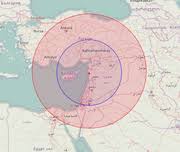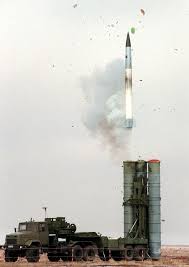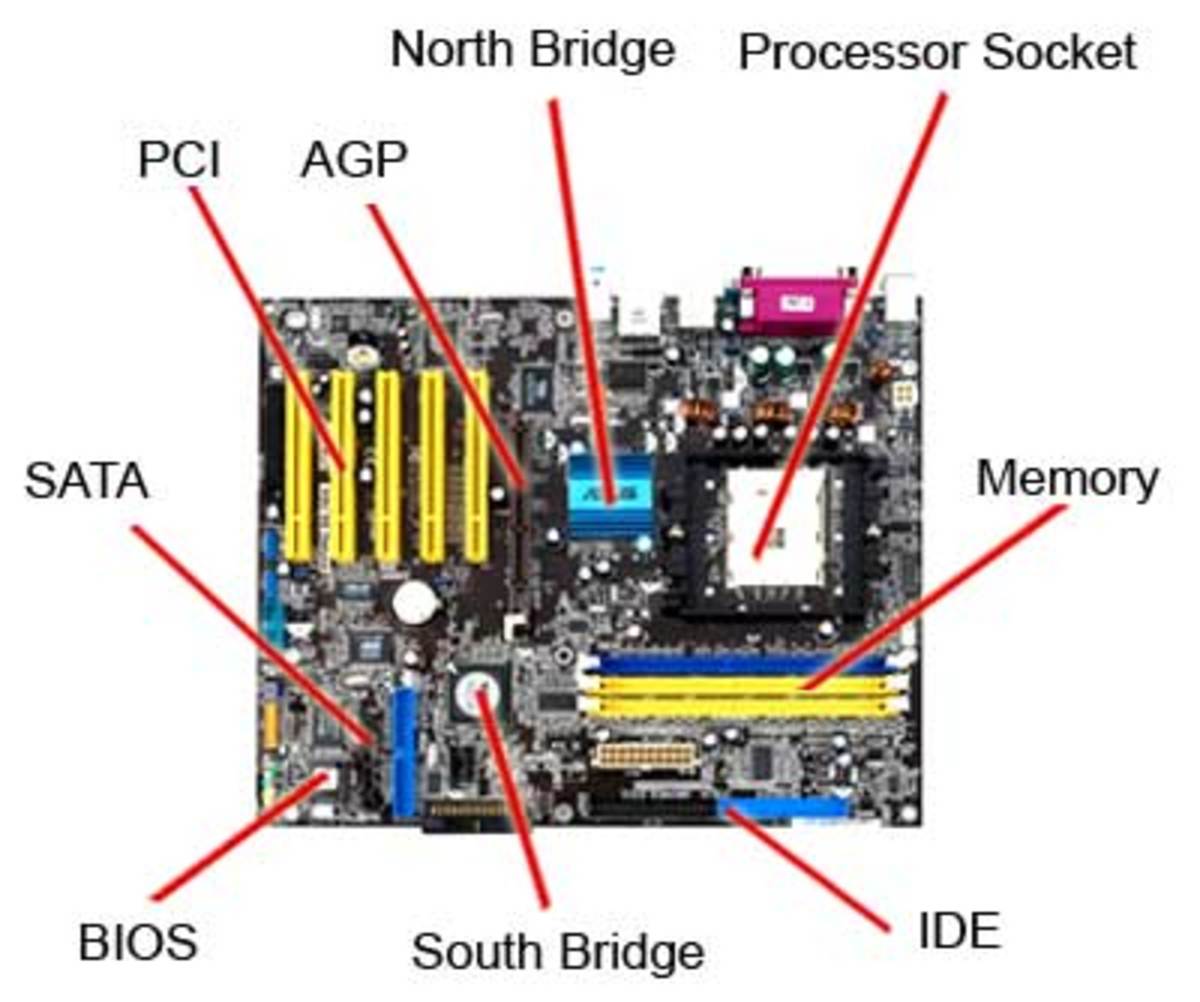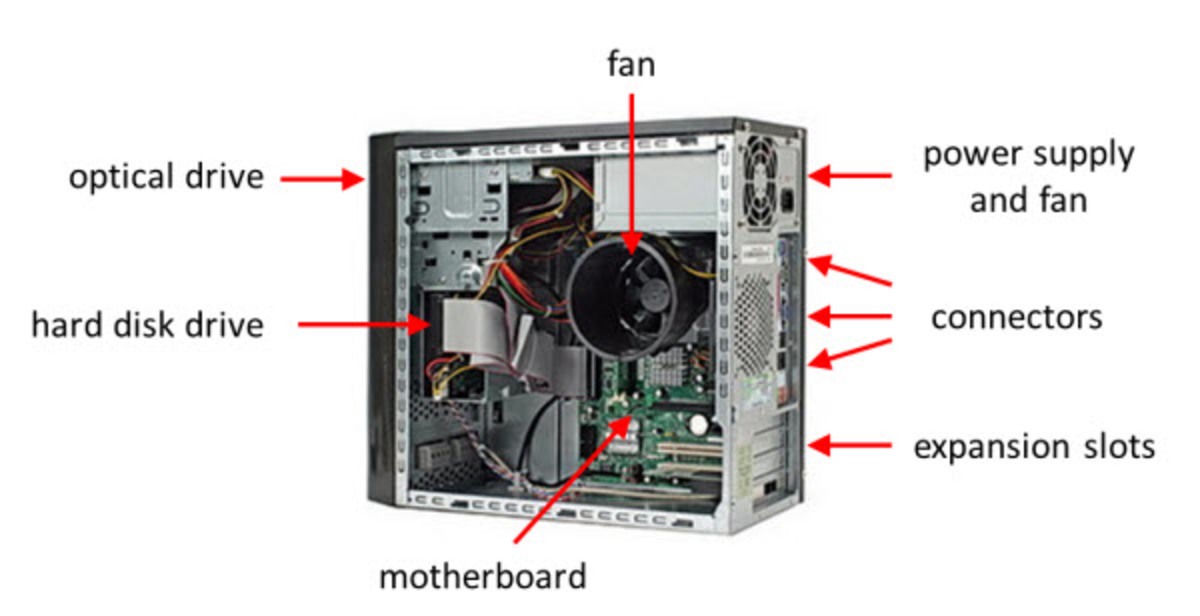Modern Combat: Sixty-four Seconds to Impact with Russia's S-400


In 2017, a report came out regarding the Russian S-400 air defense system, their newest high-tech system. While the Russian bravado boasted many capabilities, the report based upon a computer modeling war game scenario did confirm many of their claims.
The computer modeled an attack with America's Tomahawk cruise missile against Russian S-300 and S-400 air defense systems. The S-300 remains a foe and Iran and China have it. The model showed that America's F-14, F-15, F-16, and F-18 were incapable of penetrating either system and deemed obsolete in their ability to go undetected. In fact, the only aircraft that could was the F-22, B-2, and in some cases, the F-35. These were able to penetrate. The Tomahawk cruise missile could also if it could use terrain features to mask its approach, otherwise, the Russian systems could destroy it.
For many countries, like Russia and China, the advent of the cruise missile or other types of missiles are economically more bang for the buck. For example, one Tomahawk costs nearly $570,000, while a F-35 is $142,000,000! The Tomahawk is America's most capable cruise missile, but it is from the 1980s and is subsonic. The Russians and Chinese have been producing several supersonic missiles that are so fast, the time to engage and destroy them is reduced to less than 10 seconds once detected. And because of their speed of Mach 1 and more, nearly impossible to hit. Compare this to the 550 mph Tomahawk with a 1000 lb. warhead that has a range up to 1000 miles. It flies at ground level, as low as 50 ft., using GPS and stored elevation maps. Its stealth is in the planning and using terrain to hide it just before impact.
Whether it is the S-300 or S-400 encountered, the Tomahawk missile could be defended against within 64 seconds once detected. Both systems use a similar sequence:
1. Acquisition radar scans for threats hundreds of miles away.
2. Once a target is found and it is confirmed, the Engagement radar will obtain the precise location and heading. Missiles are readied and fired within a few seconds.
The systems use a missile with a range of 250 miles, so a four S-400 batteries can defend 1000 miles of frontage. The Russians also have another missile, 40M6, with even longer range with either system. Usually, only one such missile is fired at most targets as the missile's speed is Mach 12! This means it travels 250 miles in just 98 seconds. While aircraft could evade if detected, an incoming Tomahawk would be hit.
The scenario also indicated a Tomahawk could penetrate but only if using terrain to hide it, even for a second. However, once penetrated, the air defense systems would engage their own Point Defenses in an effort to destroy it before impact. These systems proved to be effective within seconds of activation. Still, by the missile using terrain to hide behind before the air defense system fired, proved the missile could survive.
The 64 seconds to impact was an average for the S-300, S-400 system. But depending on other factors (human and mechanical), the quickest time was 54 seconds, the slowest was 151 seconds to destroy an incoming missile.
The study show that in two identical situations where in one instance , a Tomahawk did not use terrain to hide gave the air defense 12 seconds to react. The missile was destroyed. The other showed that where terrain was used, reaction time was 1 sec, which was too late. Another instance show a Tomahawk with a 55 km flight at 90 feet altitude took 3.75 minutes. Of that time, it was not detected until the last 3 seconds, which was too late to engage. This is because of the S-400 limitations in point defenses and the incoming missile used terrain to mask itself from radar.
As you can see, modern day combat is now literally seconds in many cases with no margin of error or delay.








